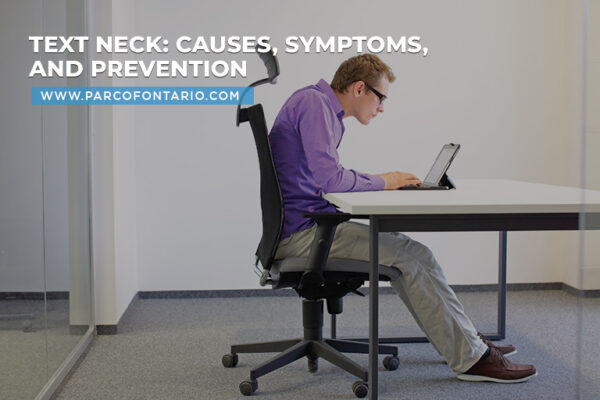
Text Neck: Causes, Symptoms, and Prevention
Many of us spend long hours hunching over our electronic mobile devices and laptops. As we spend more time texting, browsing social media, and reading on our devices, this constant downward gaze…
Read More
In recent years, cases of fibromyalgia have been on the rise. Commonly affecting women more than men, this disorder is characterized by constant pain. As of now, no cure has been found for fibromyalgia. However, with guidance, patients can learn to live with this condition. Physiotherapy is particularly helpful for fibromyalgia sufferers.
Here’s a quick guide to understanding and managing fibromyalgia.
From what medical experts know, Fibromyalgia Syndrome (FMS) is linked to problems in the central nervous system, leading to sensations of pain throughout the body. Because FMS is a long-term condition, patients frequently feel tired from the pain and struggle to carry out daily tasks. However, the pain doesn’t cause inflammation or damage to any tissues or organs.
The exact causes of fibromyalgia are yet to be discovered. Many fibromyalgia patients have irregularities in their nervous systems and brains, and their bodies have higher or lower amounts of some chemicals and hormones. These may lead to the body’s incorrect processing of pain signals. Fibromyalgia is also associated with other conditions like thyroid issues, arthritis, and autoimmune disorders.
Symptoms can arise at any age but they usually start when patients are between 20 to 50 years old.
Here are some signs:
While fibromyalgia cannot be cured, its symptoms can be alleviated and controlled. Physiotherapists can recommend specific methods and lifestyle changes to help you address your pain and discomfort, improving overall health. Among these are:
Fibromyalgia does not have to be permanently debilitating. Consult physiotherapists to help you control the condition so you can feel better.
For thorough assessment and customized treatment programs, contact Physiotherapy and Rehabilitation Centres (PARC) of Ontario here. Our licensed physiotherapists are committed to supporting and encouraging you to improve your health and well-being.